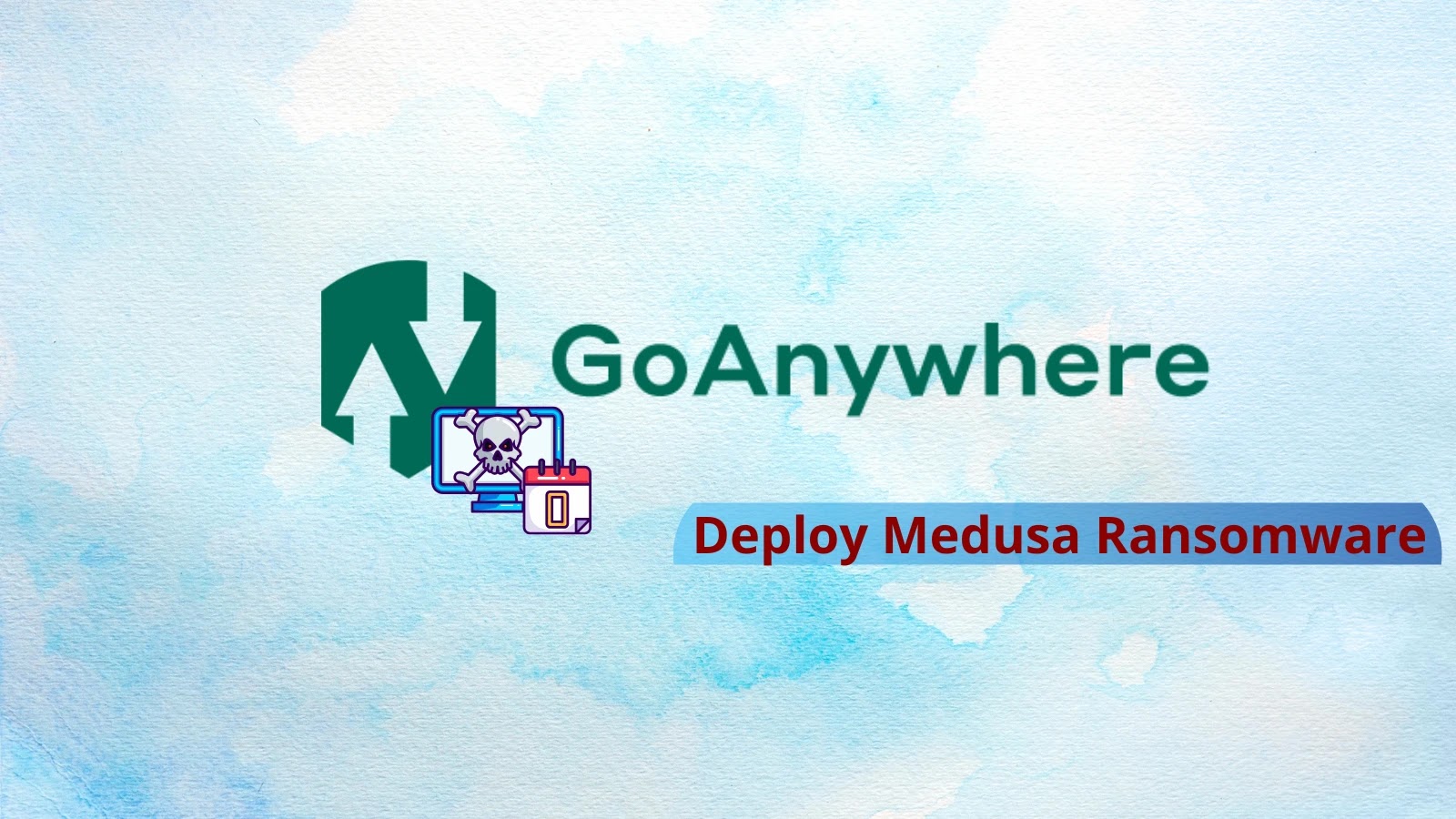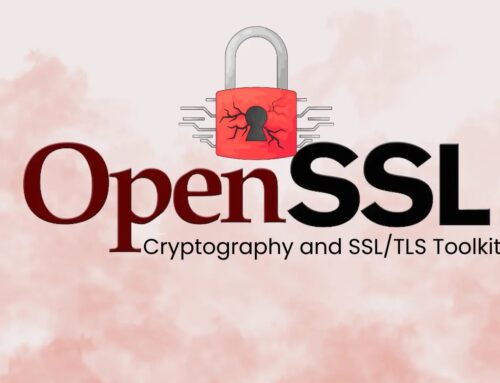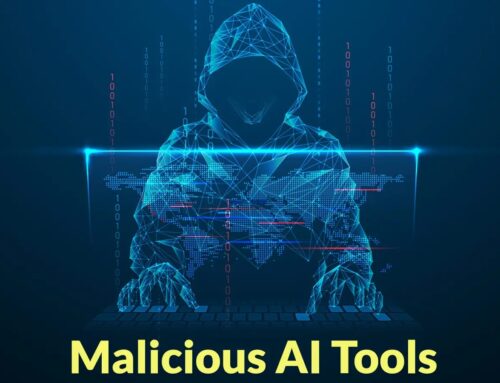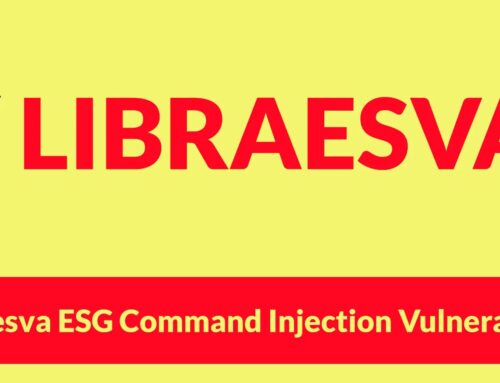
GoAnywhere 0-Day RCE Vulnerability Exploited in the Wild to Deploy Medusa Ransomware
The digital threat landscape never ceases to evolve, and the recent exploitation of a critical 0-Day vulnerability in GoAnywhere MFT serves as a stark reminder of this reality. Organizations relying on this popular Managed File Transfer solution now face an immediate and substantial risk. This exploit, actively leveraged by sophisticated threat actors to deploy the insidious Medusa ransomware, underscores the urgent need for proactive cybersecurity measures.
Understanding the GoAnywhere MFT 0-Day Vulnerability
At the heart of this critical incident is a deserialization vulnerability, specifically designated as CVE-2025-10035. This flaw impacts GoAnywhere MFT versions up to and including 7.8.3. The vulnerability resides within the License Servlet Admin Console, a component responsible for managing license keys and related functionalities.
Expert analysis reveals that a threat actor can craft a forged license response signature. By doing so, they can bypass the system’s inherent validation mechanisms, effectively tricking the GoAnywhere MFT application into executing arbitrary code. This critical lapse in security validation allows attackers to achieve a powerful Remote Code Execution (RCE) on affected systems, granting them significant control over the compromised server.
The Threat Actor: Storm-1175 and Medusa Ransomware
This isn’t merely a theoretical vulnerability; it’s an active threat. The sophisticated cybercriminal group known as Storm-1175 has been identified as actively weaponizing CVE-2025-10035 in the wild. Their objective? To deploy the highly disruptive Medusa ransomware.
Medusa ransomware is notorious for its aggressive encryption capabilities and the immense pressure it exerts on victims. Once deployed, it encrypts critical files and data, demanding a ransom payment—often in cryptocurrency—for their decryption. The impact of such an attack can be catastrophic, leading to significant financial losses, operational downtime, and severe reputational damage for affected organizations.
Impact of Remote Code Execution (RCE)
Remote Code Execution (RCE) is one of the most severe types of vulnerabilities an application can face. When an attacker achieves RCE, they can execute commands on the target system as if they were a legitimate user with appropriate privileges. In the context of GoAnywhere MFT, this means:
- Full System Control: Attackers can install malware, create new user accounts, steal sensitive data, and manipulate system configurations.
- Data Exfiltration: Sensitive files transferred or stored by GoAnywhere MFT become easily accessible to the attacker.
- Lateral Movement: RCE often serves as a springboard for threat actors to move laterally within an organization’s network, compromising additional systems and expanding their foothold.
- Ransomware Deployment: As seen with Storm-1175 and Medusa, RCE is the primary mechanism for attackers to deploy and execute ransomware payloads directly onto vulnerable servers.
Remediation Actions and Mitigations
Given the active exploitation of CVE-2025-10035, immediate action is paramount for all organizations using GoAnywhere MFT. Here are the critical steps to take:
- Patch Immediately: Upgrade GoAnywhere MFT to a version greater than 7.8.3. Monitor official GoAnywhere MFT channels and advisories for the latest patched versions and security updates.
- Isolate and Monitor: If immediate patching is not feasible, consider isolating GoAnywhere MFT instances from the broader network where possible. Implement stringent network segmentation to limit potential lateral movement.
- Review Logs: Scrutinize GoAnywhere MFT application logs and network traffic for any suspicious activity, particularly around the License Servlet Admin Console or unusual outbound connections.
- Implement Strong Access Controls: Ensure robust authentication mechanisms (e.g., multi-factor authentication) are enforced for GoAnywhere MFT administrative interfaces.
- Endpoint Detection and Response (EDR): Ensure EDR solutions are actively monitoring GoAnywhere MFT servers for any signs of compromise or ransomware activity.
- Regular Backups: Maintain comprehensive and offline backups of all critical data. This is a fundamental defense against ransomware attacks.
Tools for Detection and Analysis
| Tool Name | Purpose | Link |
|---|---|---|
| Nmap | Network scanning for open ports and services on GoAnywhere MFT servers. | https://nmap.org/ |
| Snort/Suricata | Intrusion Detection/Prevention Systems (IDS/IPS) for monitoring network traffic for suspicious patterns related to RCE exploitation or Medusa ransomware communication. | https://www.snort.org/ https://suricata-ids.org/ |
| Volkov Commander (Windows) / htop (Linux) | Process monitoring to identify unusual processes or resource consumption indicative of compromise. | https://www.volkovlabs.io/products/volkov-commander https://htop.dev/ |
| Wireshark | Network protocol analyzer for deep inspection of network packets for anomalous activity. | https://www.wireshark.org/ |
Conclusion
The exploitation of the GoAnywhere MFT 0-Day vulnerability by the Storm-1175 group to deliver Medusa ransomware is a critical security event that demands immediate attention. Organizations must prioritize patching their GoAnywhere MFT instances to mitigate the risk posed by CVE-2025-10035. Beyond patching, a multi-layered security approach encompassing robust monitoring, strong access controls, and comprehensive backup strategies is essential to defend against evolving cyber threats. Staying informed and proactive is the strongest defense in safeguarding critical assets and maintaining operational continuity.





